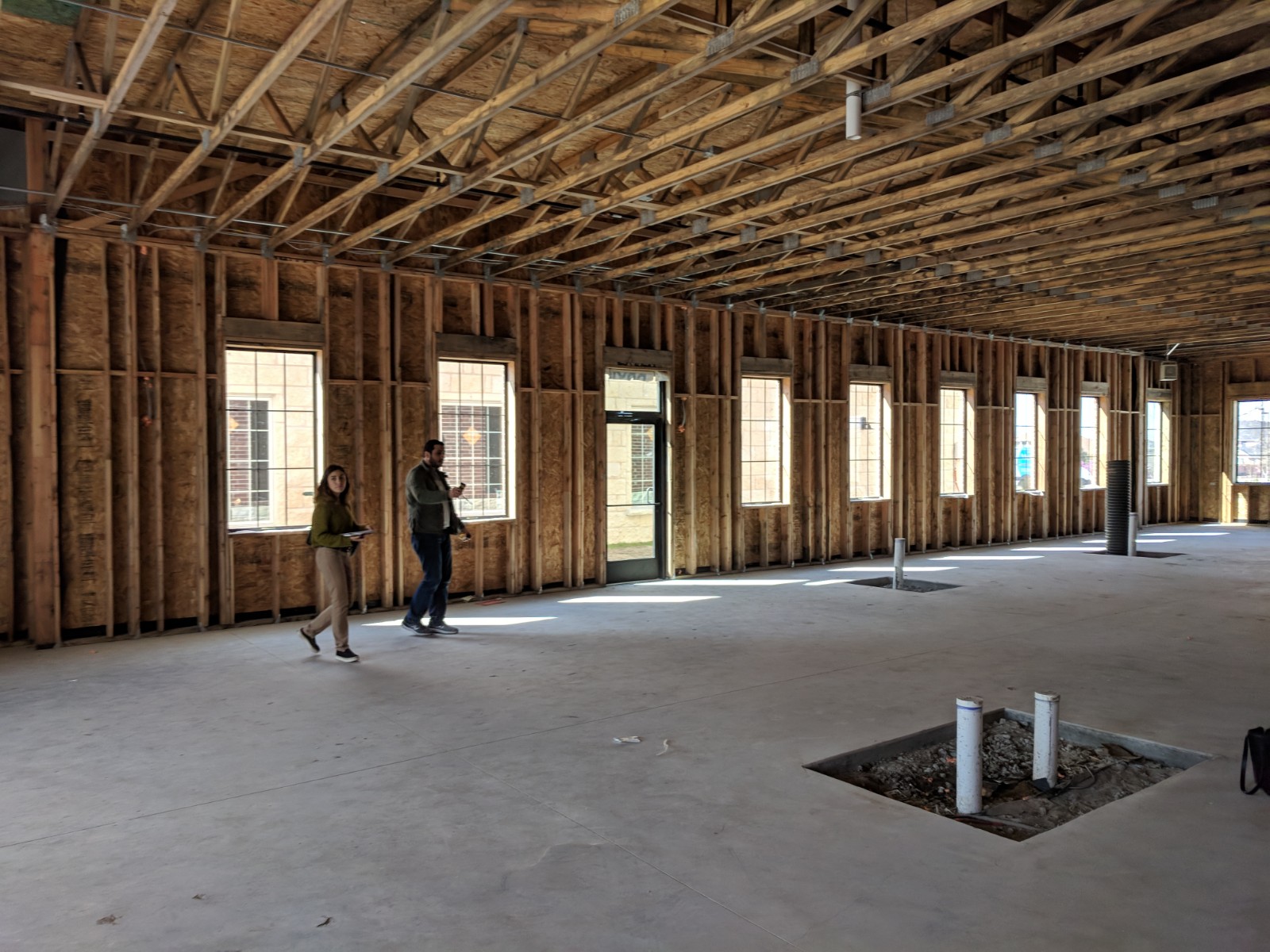
Tenant finish out and tenant improvements are the changes tenants make to their space to express a particular style. Architects, like others in the construction industry face different challenges when designing these spaces. They require many considerations. Typically, these changes are made to shell buildings, malls, offices, retail, or restaurants (to mention a few) and they accommodate specific needs. For example, it may include new walls, gas lines, roof top units, moving equipment, finishes, etc. Sometimes these costs are incurred by the tenant or negotiated in the lease agreement.
When negotiating a lease, a provision for a certain sum or amount per square foot is given to the tenant to customize the space provided. The money the landlord gives you to spend on the space in new paint, carpet, wall, etc, not only may enhance the property for future tenants, but also may benefit the building or the community.
Some say that time is money; and if so, making the transition into a new space should be a smooth process. Functionality as well as creativity are significant factors in determining the size and arrangement of the new space. The purpose of planning ahead of time is to minimize downtime and continue the flow of business. The layout of the space should show functionality, one space flowing into the other naturally and without disruption.
Choice of color, texture and materials are selected to show the aesthetics desired. Once the preliminary items are recorded, more detailed plans are required. These plans include locations of equipment, HVAC, lighting, wall types etc. All these elements must be coordinated and must be verified for code compliance as well as handicap accessibility.
Our environment gives us a glimpse of our past, while lending character and serving a new practical purpose in modern communities. Environmental benefits, combined with energy savings and the social advantage of recycling make sustainable design a necessary component of the process. In many ways, a sustainable project can invigorate a community by meeting the changing needs of its users.
The process continues by getting bids from different contractors and submitting the drawings for city permit. Typically, there are verification that must be followed. For example, if required, the city must verify if the commercial project was submitted for accessibility review. Also, depending on the amount of demolition and the age of the building, an asbestos report must be filed. The plans must comply with current laws including building and energy codes. All of this is recorded in the construction documents. Some municipalities require multiple copies of these sets as well as specifications.
After the review and approval process is concluded suggestions and adjustments are incorporated into the design and construction begins. The finalized design is then communicated to all involved in the construction and development process. The contractor gathers the subcontractors and they work with the plans to produce the final design. The architect makes visits to the site for observation and sees that construction is going according to plans.


